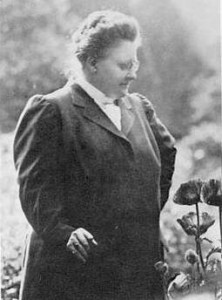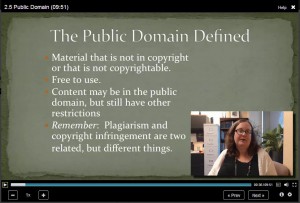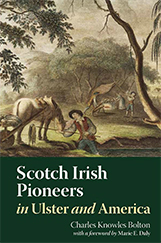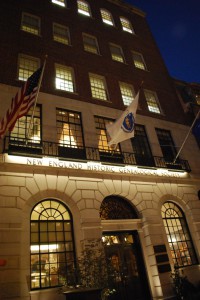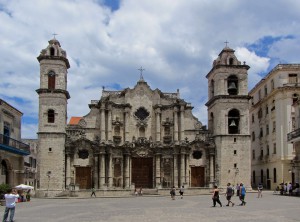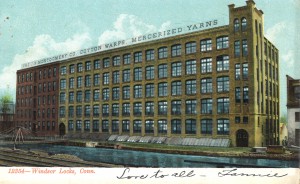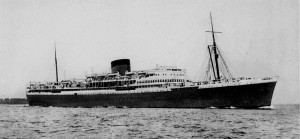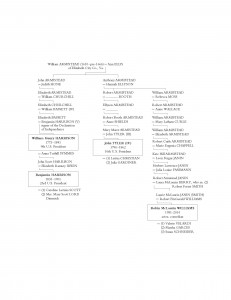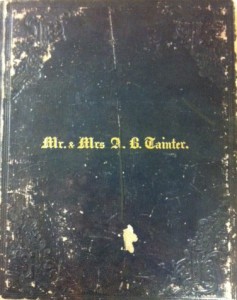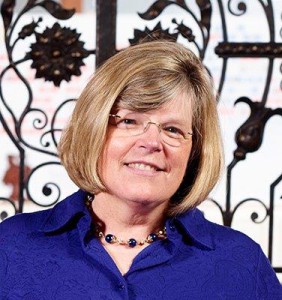 Yesterday, Scott wrote about genealogical complexity: addressing all the different ways we make modern families and write about them genealogically. As it turns out, many family historians ask questions about just such things:
Yesterday, Scott wrote about genealogical complexity: addressing all the different ways we make modern families and write about them genealogically. As it turns out, many family historians ask questions about just such things:
- How do I talk about a child born out of wedlock?
- Do I list my sister’s stepchildren?
As Scott said, we think you should report it all – without judgment. Well, what does that look like? The first place a child appears in a Register-style sketch is in a child list, and it’s the child-intro line where you give the salient information. Here are some examples: Continue reading Genealogical complexity: writing it up
